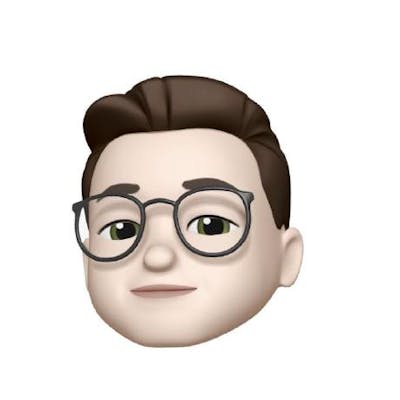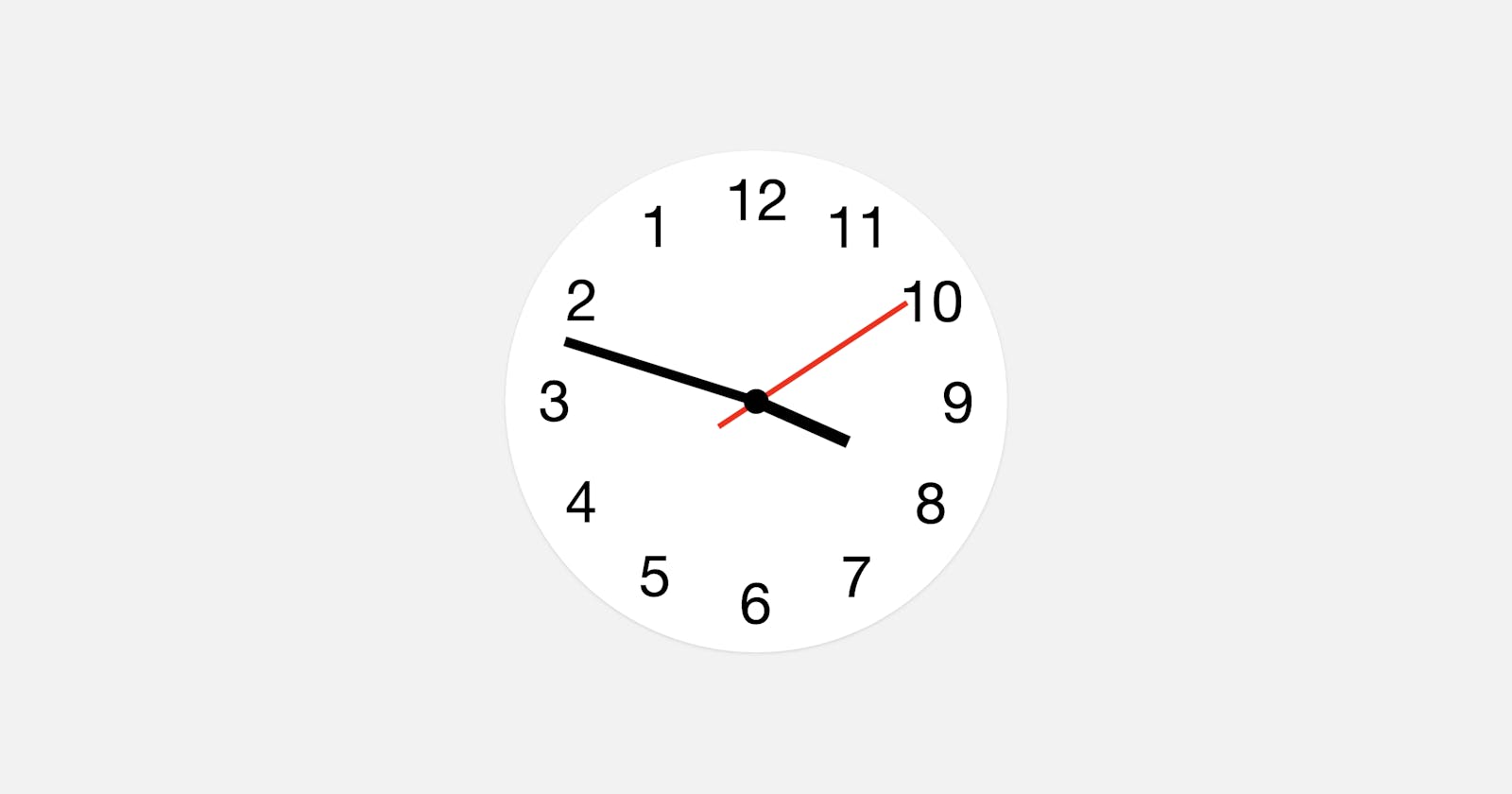These days everyone is affected by stress – if not personally, then most likely it affects someone you know. Our entire society’s foundation is built on the concept of time. Events, meetings, appointments, tv shows, bus rides, and so on, all share one thing: a specifically set point of time, or time plan.
Our daily lives are filled with a load of activities, and unexpected events, and all these things often lead to a delay of time. Once again, stress kicks in when you realize that you won’t be in time for your business meeting, or just a simple thing as dropping off your kid at school on time.
To keep track of time we invented the clock. Simple, you just look at your wrist (or perhaps on the wall) and you know what time it is. But since our society is so affected by time and the stress it produces, it has become natural to have a quick glance at the clock every once in a while. You see this considerably more frequently when someone is stressed, or are unsure if they can keep up with time.
Redesigning the clock
When I came home one evening, back in 2015, I came up with something. As I was washing my hands, I looked up and saw the wall clock reflected in the mirror, and stood there for a few seconds. In that moment, something hit my mind.
I’m sure most of you associate something moving to the right as moving forward, given that you live in a western country. This can be seen in various video games (such as Super Mario) as the player moves from left to right, or here in the West where we read from left to right. It can also be seen in clocks, as the pointers move clockwise.
What if we, having this knowledge, redesigned the clock? How can we minimize stress when having a look at the clock? When we look at the clock, the pointers move left to right, giving an impression that time is moving forward, which subconsciously increases our stress.
The solution: Design a clock where the pointers move backwards (right to left, or counter-clockwise), and where the clock face displays the hours the other way around. And also, the slower the pointer moves the calmer you’ll get, so we want to avoid short and rapid movements in the pointer for seconds.
This way, when you look at your wrist, the clock pointers move backwards, slowly in a linear movement, seemingly slowing time down.
Here’s a concept I created demonstrating the basic design of the Reverse Clock:

